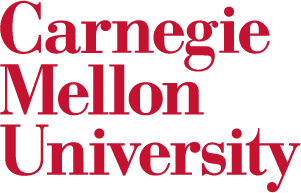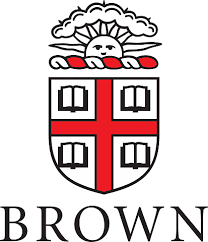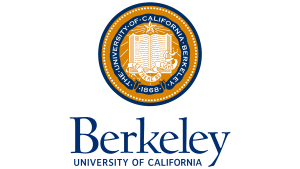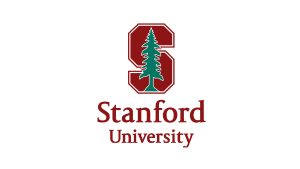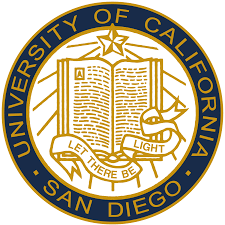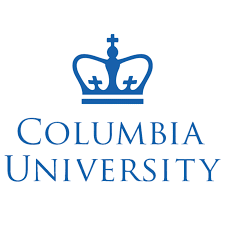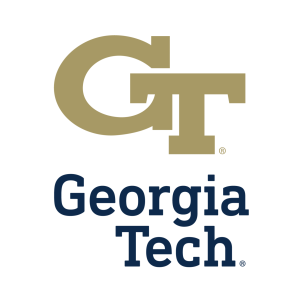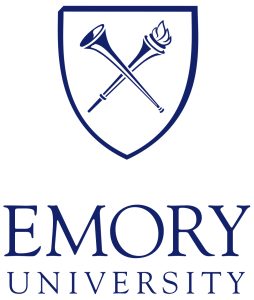WHY USA?
Many countries have strong academic institutions of higher learning. However, there are numerous factors that make the United States the best option for international students. Not only are American universities among the highest ranked globally, but they also bring with them unique benefits:
- Flexibility in Academic Curriculum
- Holistic Education
- Diversity of Programs and Courses
- Resources and Facilities
- Undergraduate Research
- Scholarships
UNDERSTANDING ACADEMIC FLEXIBILITY
WHAT IS A MAJOR?
A major is your field of concentration during college. Across the 3,000+ universities in the US, there are a wide variety of options to choose from. For example, you can major in economics, business administration, entrepreneurship, mechanical engineering, psychology, sports management, marine biology, history, chemistry, and so much more.
WHAT IS A MINOR?
Minors are additional concentrations that you can undertake to supplement a major or to pursue alternative interests, such as music, computer science, math, or entrepreneurship. In comparison to majors, minors require fewer courses to complete.
WHAT IS A LIBERAL ARTS EDUCATION?
In addition to majors and minors, the US has several universities focused on the liberal arts. A liberal arts education emphasizes critical thinking, communication, a broad foundation in core subjects, and transferable skills across fields, such as writing and analysis.
In addition to academic flexibility, students can pursue a holistic education in the US. This means that learning extends beyond the classroom through extracurriculars,research, study abroad, internships, and co-op programs. The emphasis is not on rote memorization; it is on the complete development of the individual through experiential learning.
EXTRACURRICULARS, RESEARCH, STUDY ABROAD, INTERNSHIPS, AND CO-OP PROGRAMS
ACTIVITIES
Students in the US are encouraged to take advantage of extracurricular opportunities available to them on their campuses. Some examples of extracurricular activities include organizations like Model United Nations found at many campuses across the US, and research opportunities in both the hard and soft sciences that students can pursue with their professors.
STUDY ABROAD
While there is an abundance of opportunities on campus, students can also participate in study abroad programs.
Students studying abroad choose to attend university in a foreign country for either a semester or a year and often receive credit for doing so. Princeton, for example, has
programs in China, Brazil, and France, while the University of Chicago has programs in Hong Kong, Beijing and Delhi.
INTERNSHIPS AND CO-OP PROGRAM
For students interested in boosting their resumes and securing relevant, paid work experience before they graduate, some schools in the US offer robust co-op programs. These programs allow students to work and study full-time on alternating schedules. Some schools which are known for the co-op program and strong job placement are Northeastern and Drexel. Students not engaging in a formal co-op program are encouraged to apply for and arrange summer internships; often, the university will provide application support.
UNDERSTANDING VARIETY
WHAT IS A PUBLIC UNIVERSITY?
Public universities can usually be identified by their name: University of [Insert State Name].
Some examples are: University of California, Berkeley; University of Michigan, Ann Arbor; and the University of Virginia. Public universities tend to be larger and attract more in-state students.
WHAT IS A PRIVATE UNIVERSITY?
All other universities are considered private universities. Some examples include Johns Hopkins University, Duke University, University of Chicago, and Williams College. While they tend to be smaller, they also have a tendency to be more expensive.
SIZE: DOES IT MATTER?
Some students prefer an intimate environment where they can interact more personally with their professors and meet the majority of their peers. Others prefer the anonymity that comes with a larger university and its wider array of resources. Typically, large university classes are taught by teaching assistants (TAs), some of whom are graduate students, and the lectures are conducted by professors. However, at any university, by the time you are a junior or senior, class sizes will be smaller.
APPLICATION COMPONENTS
- Academic Record
- Standardized Tests
- Extracurricular Activities
- Letters of Recommendation
- Essays
- Interviews (if applicable)
FINDING THE RIGHT FIT
Given the diversity of the US universities highlighted above, how do you pick which school is the right one for you? How many schools should you apply to?
- Rankings
- Cost of attendance
- Selectivity and a Balanced College List
- Resources and Facilities
- Undergraduate Research
- Scholarships
Acceptances To:

